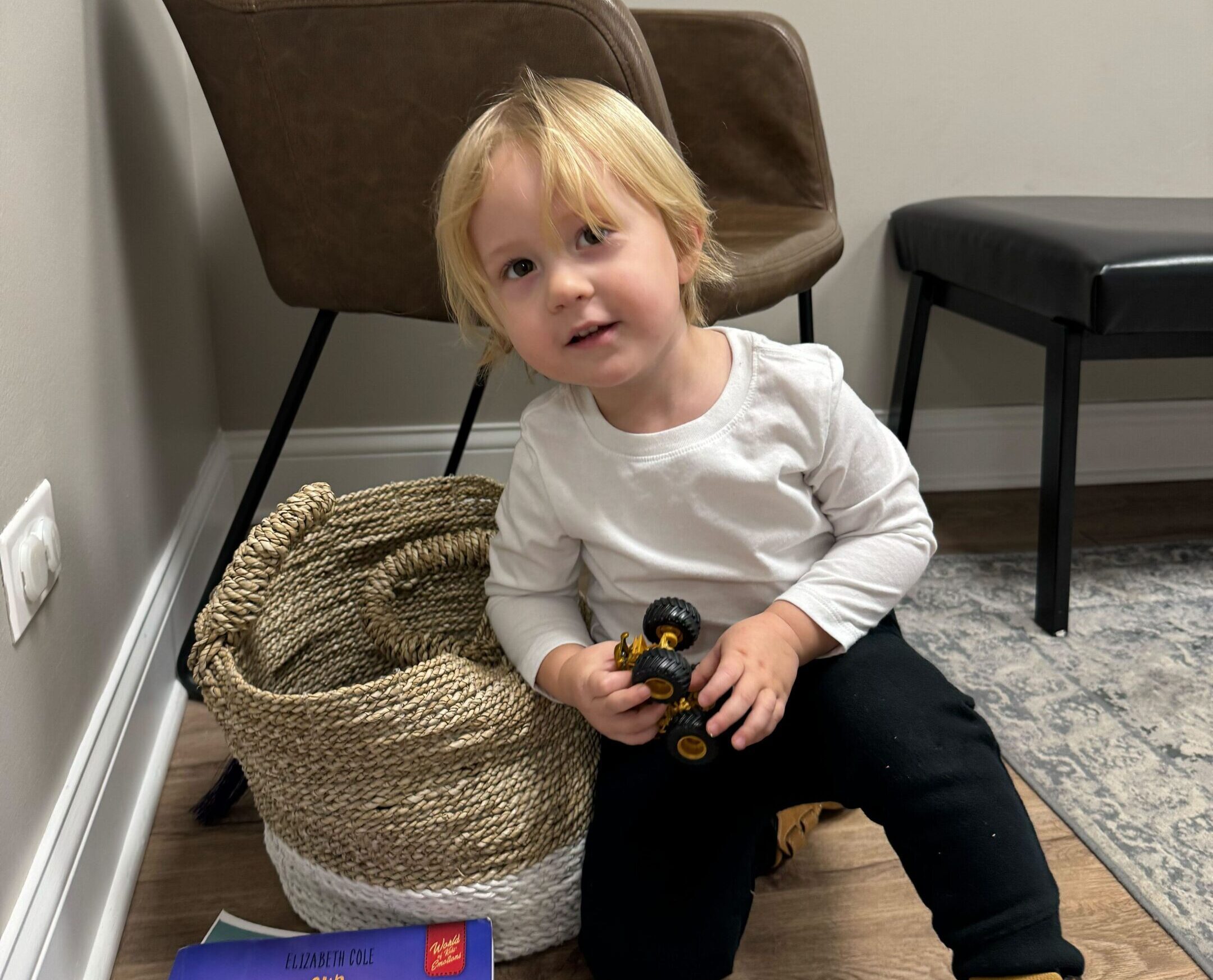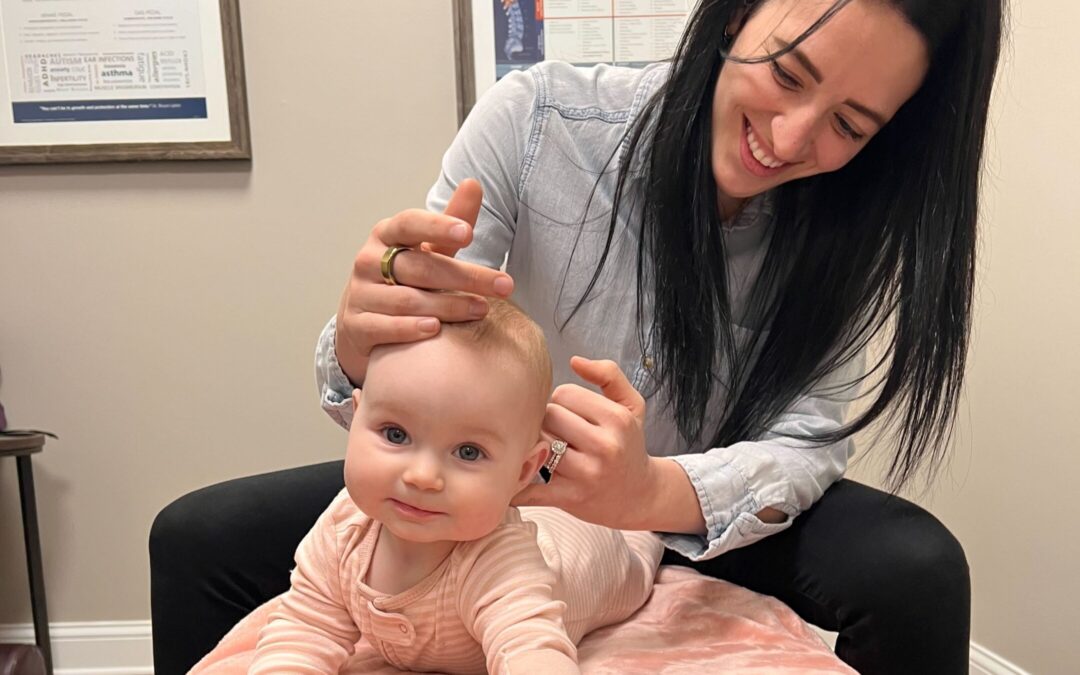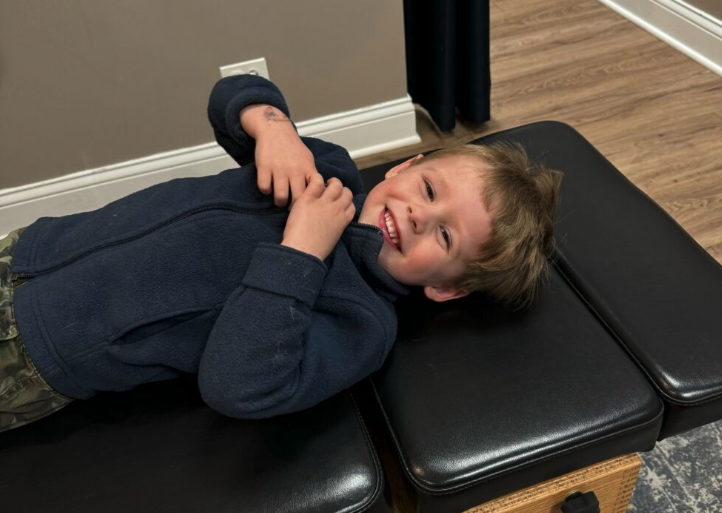Parents navigating the complex world of child development may find themselves observing unique behaviors in their little ones, prompting questions and concerns about their overall well-being. Toe walking is one such aspect that may catch a parent’s attention. Many children experience a toe walking phase, but when this behavior persists, it can trigger a sense that something more may be at play in a child’s development.
As parents, we naturally seek answers to these concerns during routine checkups, hoping for reassurance from healthcare professionals. However, the journey can take unexpected turns. The dismissal of worries, attributing them to a phase or a delay in certain milestones, may leave parents with lingering doubts.
This journey becomes more intricate when factors beyond typical development come into focus. The challenges of communication, social interaction, and overall engagement may cast a shadow over a parent’s initial observations. The subtle signs, once dismissed, could be indicative of a larger puzzle, such as Autism Spectrum Disorder (ASD).
In this article, we delve into the connection between toe walking and autism, shedding light on the experiences of families who share a common journey. Together, we navigate drug-free approaches, such as Neurologically-Focused Chiropractic Care, that may offer comfort and support to children and their families.
What is Persistent Toe Walking?
Toe walking refers to a gait pattern where the heel does not touch the ground during walking. Instead, most of the pressure and propulsion come from the ball and toes of the foot. Children with Autism Spectrum Disorder (ASD) frequently walk in this manner.
This toe walking pattern is perfectly normal in infancy as babies are learning to walk. As toddlers develop gross motor skills and strength, they begin touching their heels down more frequently. By around 24 months, most children achieve the typical heel-to-toe rhythm.
However, in some cases, toe walking persists beyond the age where it is considered a developmental stage. When present after age 3, it is referred to as persistent, habitual, or idiopathic toe walking.
Children habitually walking on their toes often continues until a child is 5 to 7 years old. At this point, it may resolve independently without intervention as the body naturally develops and adapts. But for some children with autism, it persists long-term unless properly treated and managed through physical therapy or other means.
In younger children, toe walking is typically painless and more of a subconscious habit. Over time, though, the calf muscles and Achilles tendons can shorten and tighten. This gives less range of motion in the ankles and feet, making regular walking less comfortable.
While occasional toe walking is normal for toddlers, consistent toe walking in children with autism spectrum disorder — especially when paired with other developmental delays — merits an evaluation for early intervention.
Autism Spectrum Disorder Overview
Before exploring the connections between autism and toe walking further, it is helpful to understand some basics about autism spectrum disorder (ASD):
- ASD is a complex neurological and developmental condition affecting communication, behavior, coordination, and more
- It encompasses a broad spectrum of challenges and abilities
- Autistic children may exhibit restricted interests, repetitive motions, and challenges handling various sensations
- Many also cope with differences in processing everyday sensory information
- Autism is believed to involve genetic factors but also environmental influences that alter brain development in children
- No two autistic children experience ASD exactly the same way
Autism spectrum disorder has been on the rise and now affects around 1 in 44 children, according to the CDC.
Is Toe Walking a Sign of Autism?
While not definitively diagnostic, the notably higher prevalence suggests persistent toe walking can serve as a potential early red flag for ASD or related developmental conditions. Sensory processing and neurological dysfunction frequently seen in autism impact balance, posture, and coordinated movements like walking. Additionally, children with autism respond differently to typical toe walking treatments, indicating neurological factors play a role. Monitoring motor milestones and gross motor skills remains important, as early supportive services enable autistic children to reach their highest potential.
Research reveals habitual toe walking occurs much more often in children with autism spectrum disorder (ASD) and related speech/language delays compared to neurotypical children.
One study analyzed medical records of over 2 million children, ages 0-18. Approximately 8.4% of autistic children also exhibited persistent toe walking. This compares to less than 0.5% of children without autism walking on their toes.
So why is toe walking over more common for kids with ASD? The reasons likely involve sensory processing differences and neurological dysfunction seen in autism:
- Impaired motor control and coordination
- Low muscle tone (hypotonia)
- Reduced sensations from nerves in the feet
- Poor awareness of body position (proprioception)
Other early signs of autism spectrum disorder in children that parents may notice include:
- Lack of eye contact/visual focus
- Delayed speech or lack of language
- Limited response to their name
- Repetitive hand motions like flapping
- Resistance to routine changes
- Lack of pretend play skills
What Causes Toe Walking in Children with Autism?
The reasons toe walking accompanies autism spectrum disorder are still under investigation. However, researchers believe differences in sensory processing and nervous system function observed in autistic kids likely play a central role.
Autism often involves challenges in properly interpreting everyday sensory data like sights, sounds, smells, textures, and other stimuli. This sensory overload gets interpreted as threatening by the nervous system, triggering the sympathetic side (“fight or flight”) of the nervous system to kick into gear.
Children on the spectrum also frequently have difficulty sensing muscle/joint position and body orientation in space, known as proprioception. Balance, posture control, and coordinated movements like walking may suffer when this process falters.
At the root of these sensory and motor disturbances is a nervous system unable to flexibly process and respond to the external and internal environment. An overwhelmed, stressed, subluxated system manifests in “fight or flight” reactions to ordinary stimuli. This excessive and sustained sympathetic nervous system response then, in turn, puts increased tone and tension on certain muscles of the body, including those that lead to toe walking.
These neurological struggles contribute to altered motor control, leading to imbalance and compensation patterns like walking on toes seen in autistic children. Understanding this neurological role means toe walking shouldn’t be viewed solely as a muscular or biomechanical issue in ASD kids.
Impact on Child Development
In younger children, toe walking itself does not typically cause issues. However, if persistent toe walking continues long-term, some potential effects on development may emerge.
Tight Leg Muscles and Range of Motion Loss
Ongoing toe walking shortens calf muscles and Achilles’ tendons over time in children. As these tissues adaptively get shorter, less range of motion lifting the heels becomes available.
Loss of flexibility in ankle motion also throws off alignment and function in the knees, hips, and lower back. Extra pressure gets forced up the legs abnormally as well, increasing injury risks.
Problems with Motor Skills, Balance and Coordination
As the foundational structures for stability, mobility, and propulsion, calf and foot functions are closely tied to balance, coordination, and gross motor skills. When their movement is restricted by habitual toe walking, clumsiness, poor coordination, and motor delays frequently result.
Social and Emotional Challenges
In school environments, toe walking combined with motor delays can lead to bullying, social isolation, anxiety, and lowered self-confidence.
Gentle Chiropractic Neurological Care
Traditional toe walking interventions like therapy, bracing, or surgery specifically target tight muscles and tendons. However, as research reveals more about neurological factors in autism, integrating brain-body communication becomes imperative.
Since toe walking is primarily linked to imbalances and stress within the neuromuscular system, achieving complete recovery necessitates a comprehensive neurological approach. If care is focused on the muscular or soft tissue component only, then the real root cause of neurological dysfunction and imbalance will be left unaddressed.
The Neurologically-Focused Pediatric Chiropractors in the PX Docs network offer customized care plans unique to each child’s case histories. We employ cutting-edge technology known as INSiGHT Scans to identify and detect the presence of subluxation and dysautonomia, enabling us to quantify severity and pinpoint specific areas requiring attention and adjustments. These adjustments promote healthy neuromuscular function and improved range of motion, movement coordination, and balance control.
Caring for the Whole Child
Though labels like “disordered” persist when pieces of health’s intricate puzzle are overlooked, every child deserves access to care empowering their unique needs. Broadening understanding of the neurological factors influencing toe walking moves us toward more holistic, integrative approaches for autistic children, avoiding one-size-fits all measures.
Finding Relief for Toe Walking
If your child with autism spectrum disorder struggles with toe walking accompanied by other developmental or sensory challenges, exploring a neurological approach could facilitate substantial progress. Seeking providers that dive deep into the root cause and role of the nervous system, rather than taking a “wait and see” or “muscular” approach, is essential to getting optimal results for your child.
Optimizing nervous system regulation, tone, and coordination is possible without invasive measures in toe walking kids through Neurologically-Focused Pediatric Chiropractic Care. While change does not happen overnight, as stress and tension is released from the sympathetic nervous system, many children finally see a relaxation of the leg muscles and a return to normal gait patterns.
If you’re tired of waiting for your child to outgrow toe walking or if they’ve plateaued in therapy, check out our directory today to find a PX Doc near you. Our PX Docs can offer the hope, answers, and help you are looking for to bring out the full, incredible potential in every child.





